So, we have arrived at the end of the alphabet. Most of these plants that start with Z come from beautiful tropical regions, but almost all of them can be cultivated in your garden with the right time and care.
Expanding your plant knowledge can be incredibly rewarding, you will start to see yourself recognising more and more when you are out and about in nature. Allowing you to indulge even further into the beauty of nature.
1. Zinnia
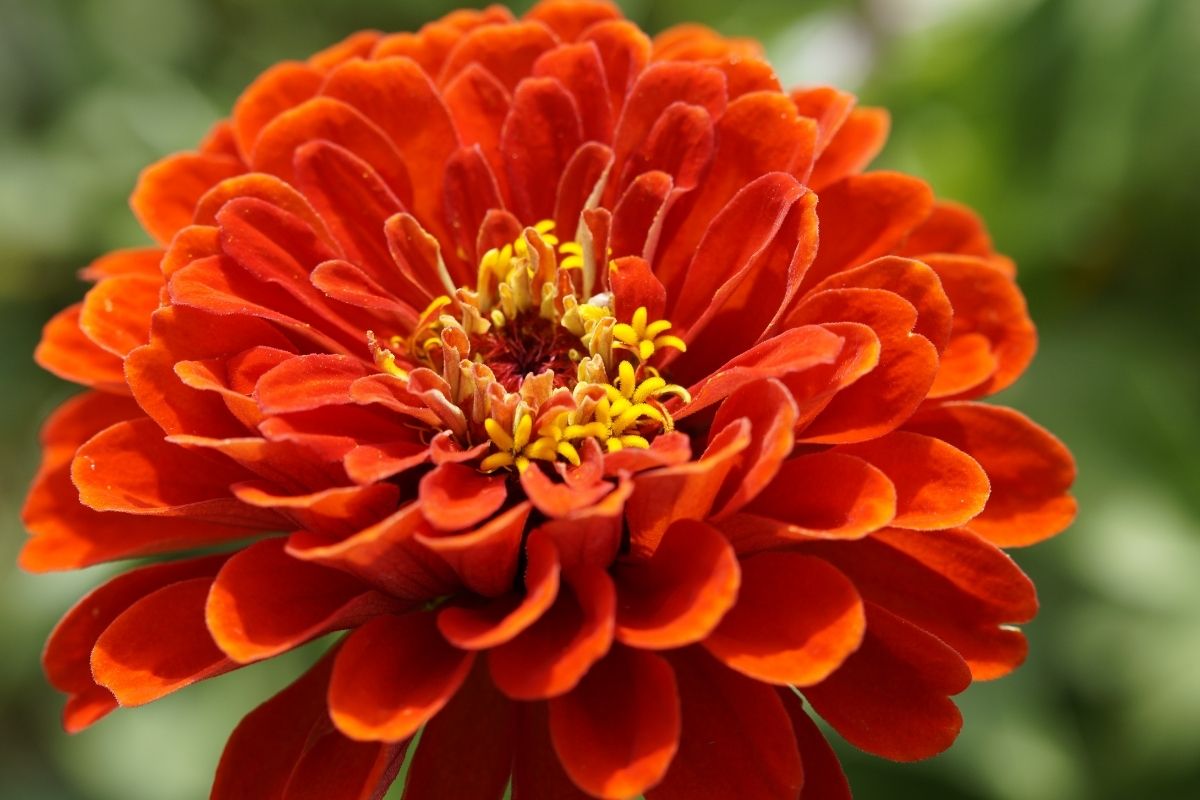
Zinnias in a vegetable garden, the back of a flower bed, and fresh bouquets look great. They come in a variety of vibrant colours and range from 12-inch low-growing varieties to tall, several-foot-high plants, which makes them an excellent choice for any sunny garden.
Zinnias also attract butterflies and other pollinators with their large, cheerful blooms. Zinnias are grassland plants that can survive both drought and poor soil. They do, however, prefer full sun and thrive in organically rich soil with good drainage.
2. Zantedeschia
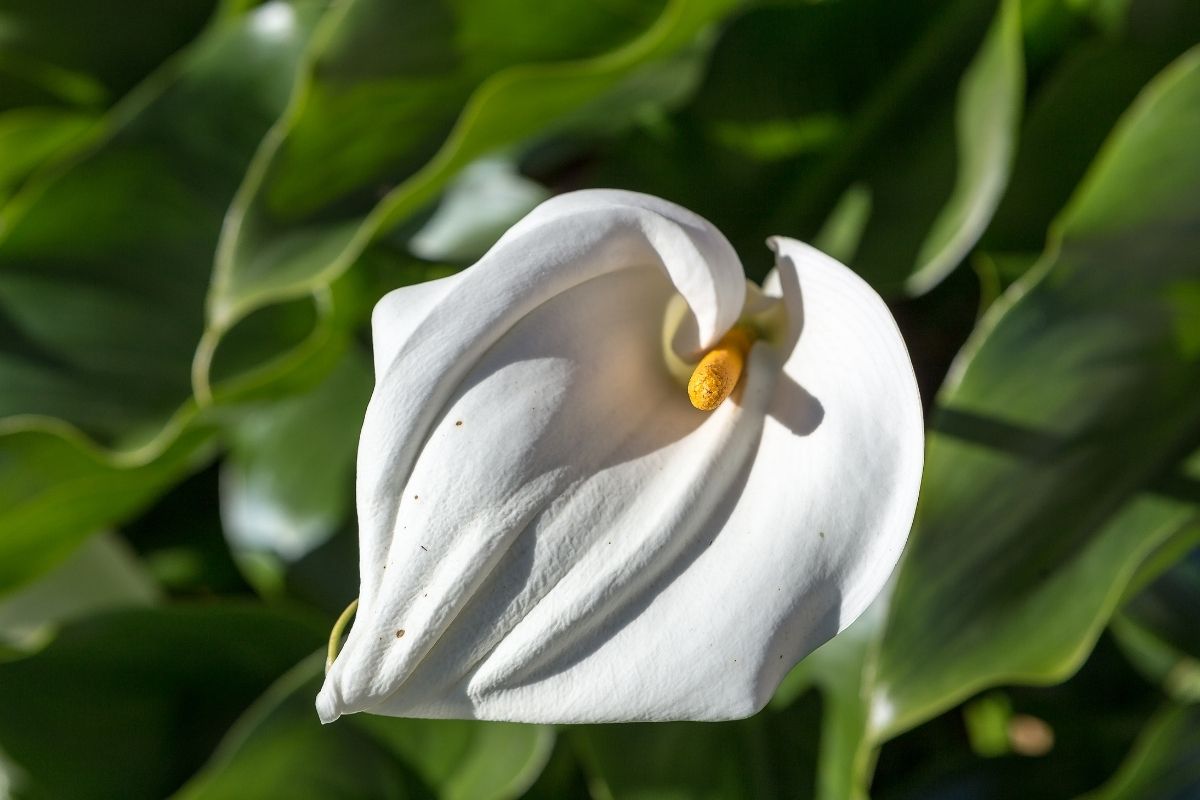
The zantedeschia, also known as calla lily or arum lily, produces elegant, chalice-shaped flowers with a tall, yellow spadix in the centre. Although the blossoms are usually white, they can also be found in pink, yellow, and purple tones, with contrasting throats.
This tropical South African native is winter-hardy. Dig the bulbs up before frost in cooler regions and store them until spring. Zantedeschia thrives in full to part sun, with moist, rich soil. It thrives near water features and in bog and marsh gardens.
3. Zebra Plant
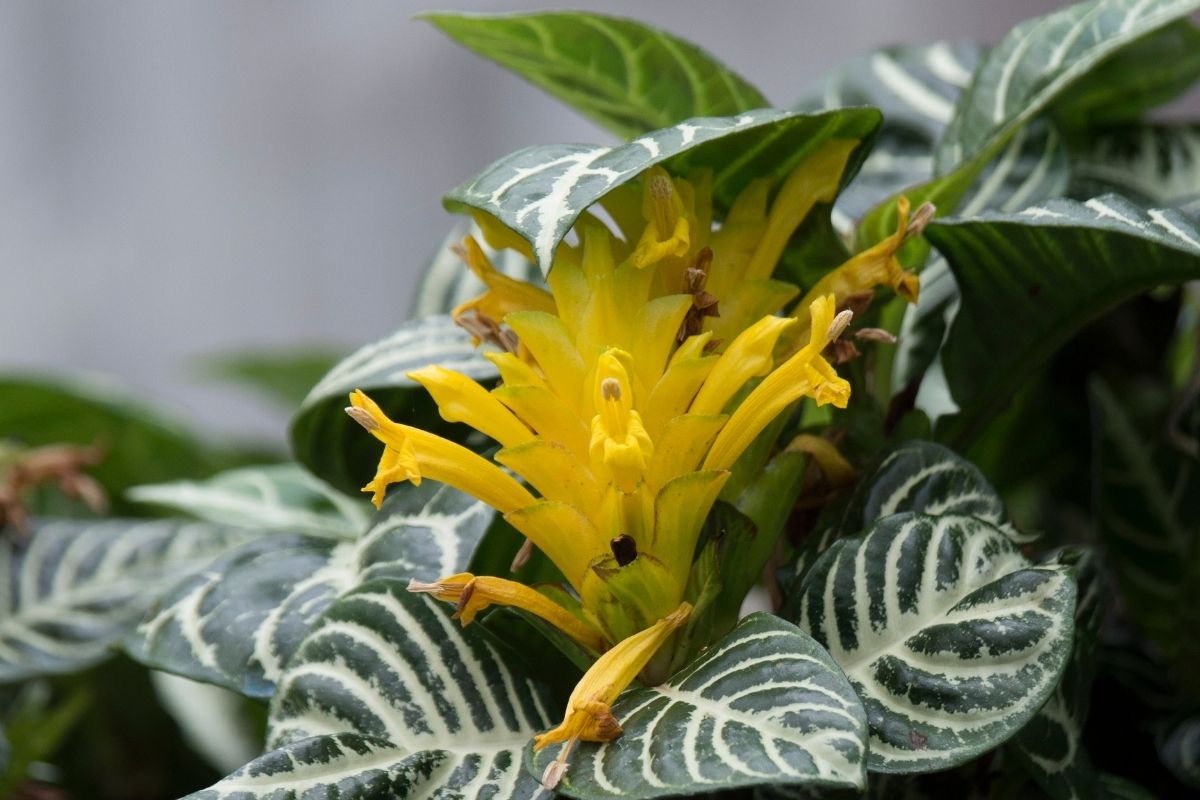
White veins on the zebra plant’s glossy, dark-green leaves give it its name. Although most commonly grown as a houseplant, this Brazilian native can be planted outside. In all other circumstances, a potted zebra plant can be placed outside during the summer and brought inside before temperatures drop below 55 degrees Fahrenheit.
A zebra plant will produce stunning yellow flowers under ideal circumstances. Bright, indirect light and rich, well-draining soil with consistent moisture throughout the growing season are ideal conditions for this fussy tropical plant. A 60 to 70 percent humidity level is also required for the zebra plant.
RELATED: 12 Types of Popular Tradescantia Wandering Jew Plants with Pictures
4. Zenobia
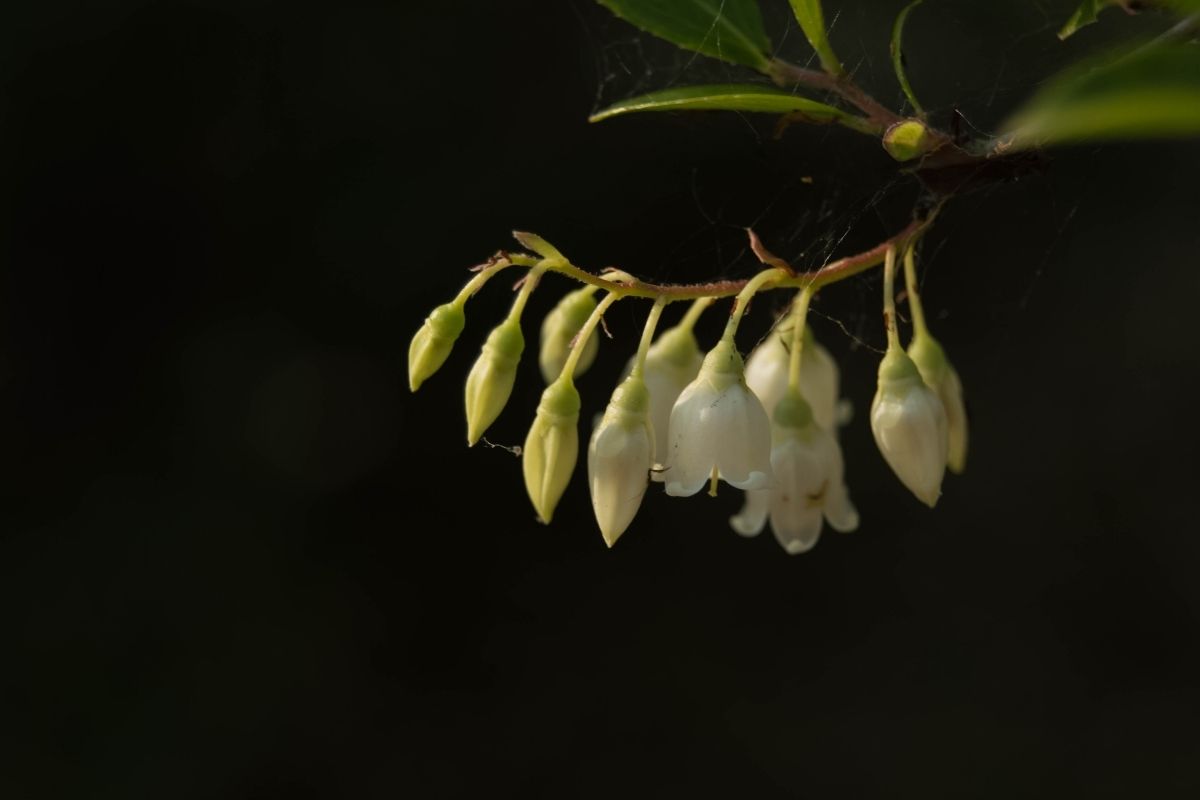
Zenobia, also known as dusty zenobia or honey-cups, is a deciduous to evergreen shrub that grows in the southeast United States. In late spring to early summer, small, white bell-shaped flowers adorn the striking blue-green foliage and emit a pleasant scent.
This slow-growing shrub eventually grows to three to ten feet tall and as wide. Autumn colours the leaves a lovely reddish-purple. Part shade and moist to boggy, acidic, sandy, or peaty soils are ideal for it.
5. Zephyranthes
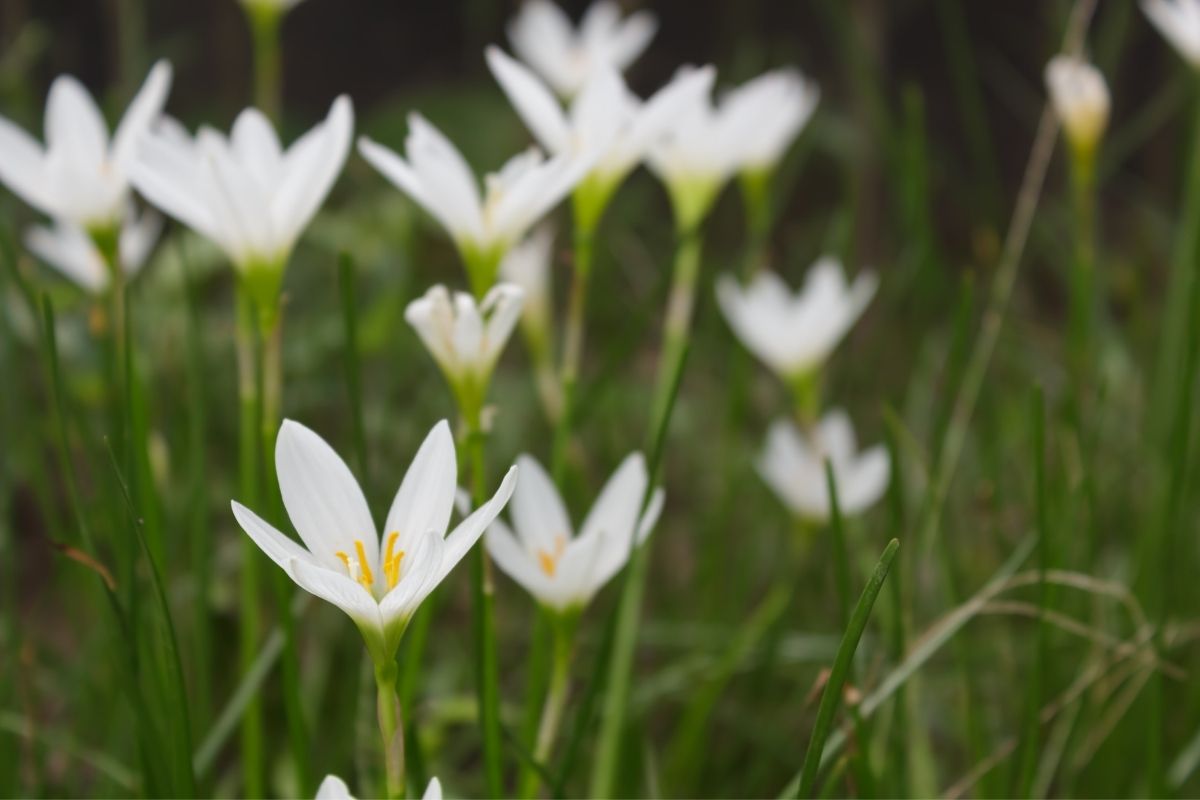
Zephyranthes is a member of the amaryllis family that is native to southern North America and Central and South America. Rain lilies get their common name from their propensity to bloom immediately after heavy rain.
The starry, six-petaled blossoms range in size from one to three inches and are available in bright pink, yellow, or white. This small but striking plant looks great in walkways, borders, rock gardens, and other small areas.
Zephyranthes prefer full sun to part shade, as well as rich, moist, sandy, or loamy soil with good drainage.
6. Zygopetalum
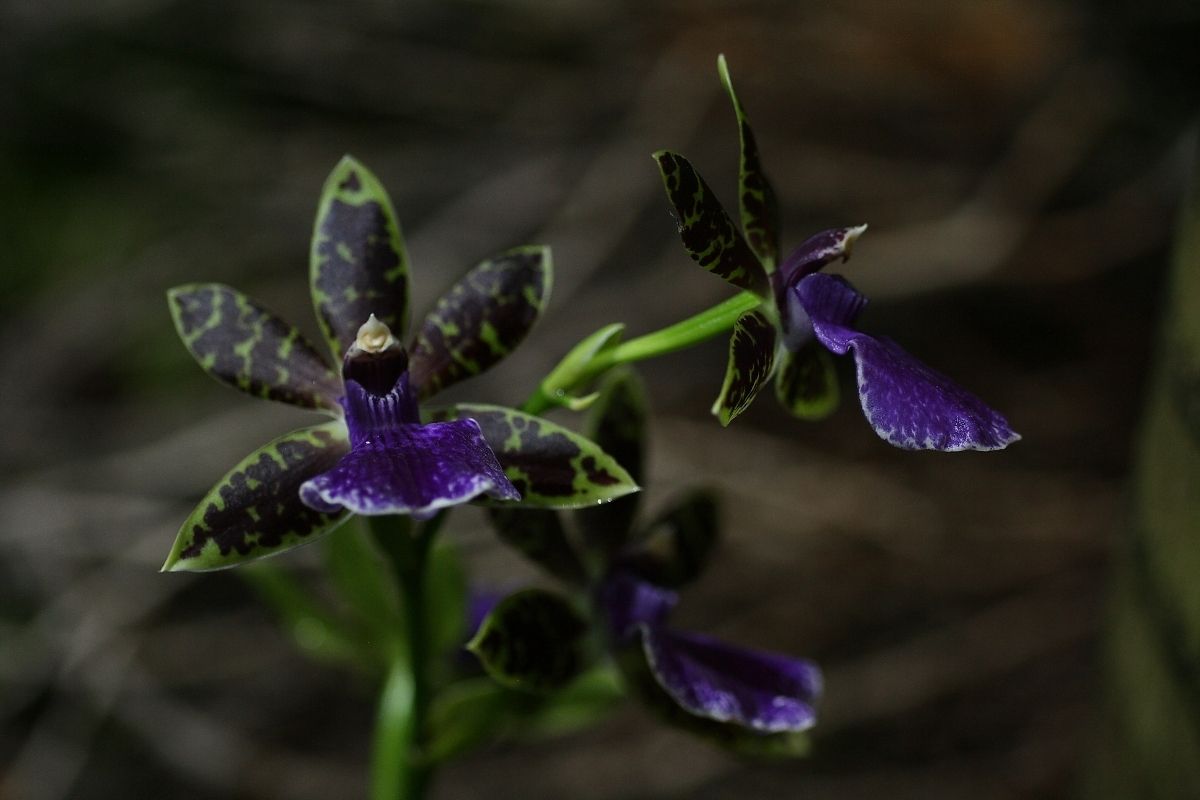
The zygopetalum is a fragrant tropical orchid with beautiful waxy blossoms, usually with green and brown stripes or speckles, as well as a broad, velvety lip in shades of indigo to fuchsi. The long, glossy, strap-like foliage reaches about two feet in height.
The sweet scent of the flowers can fill a room when grown indoors. Zygopetalum can be grown outdoors in temperatures ranging from 50 to 85 degrees Fahrenheit. It necessitates bright, indirect light, constant moisture, and 40 to 60 percent humidity.
Species’ preferences for soil differ, but many thrive in a mix of bark, perlite, and sphagnum moss.
7. ZZ Plant
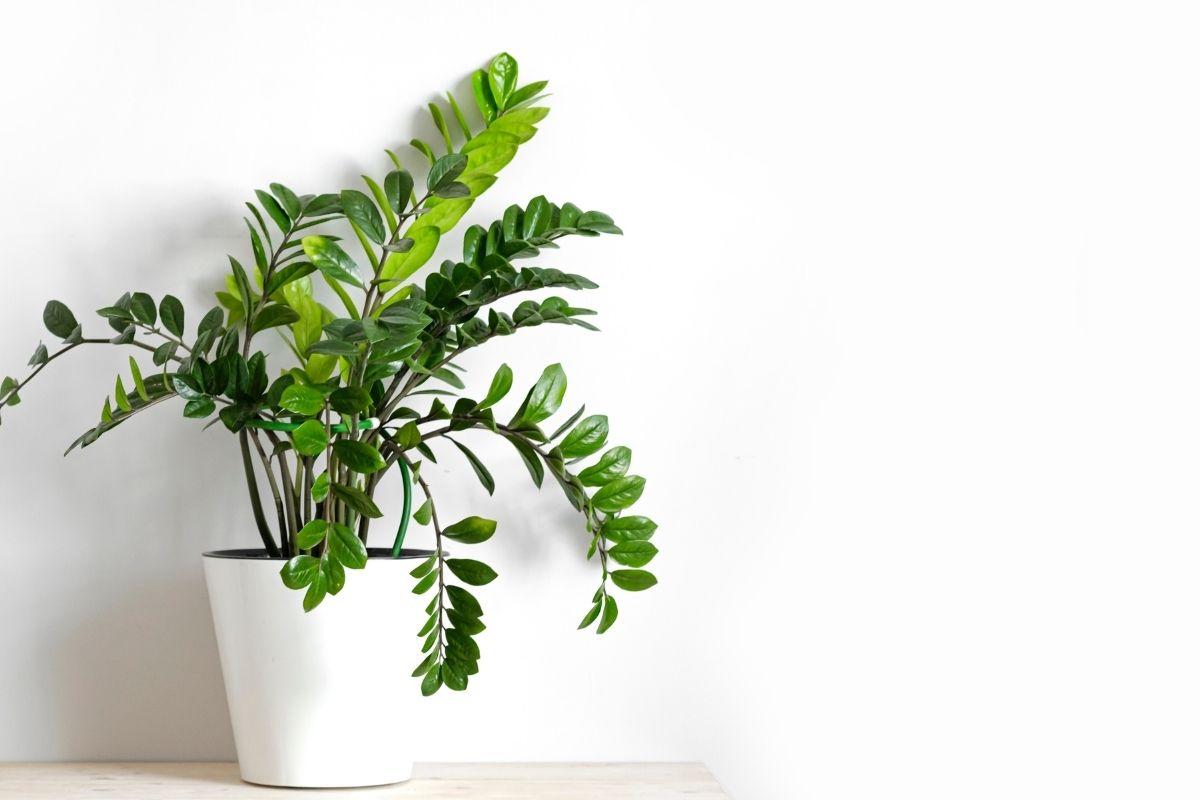
The ZZ plant is a popular houseplant that can be grown outdoors all year long. In cooler regions, it can be left outside in the summer and brought inside when temperatures drop below 40 degrees Fahrenheit.
This African native is prized for its glossy foliage, but it occasionally produces insignificant yet unique blossoms in the summer, especially when grown outdoors. With a pale spadix and a greenish spathe, the tiny blossoms look like peace lilies.
ZZ plants are extremely easy to grow, and they can withstand low light and neglect. For the best results, they should be planted in fast-draining soil and exposed to moderate to bright indirect lighting.
Through this flower exploration from A to Z, I hope you’ve learned at least a few new plants to inspire your gardening. You can still browse through all of our alphabetical posts for more floral inspiration if you missed any of the previous letters!
8. Zamia

Zamia plants may not always fit into the traditional definition of flowers. The plant is known as a cardboard palm. Some gardeners believe that the zamia plant isn’t necessarily in this category; it’s a cycad, like the sago palm plant.
Zamia plant requires little care and thrives in moderate to bright light. You can grow the plant in potting soil as long as the potting soil and container have good drainage.
9. Zauschneria
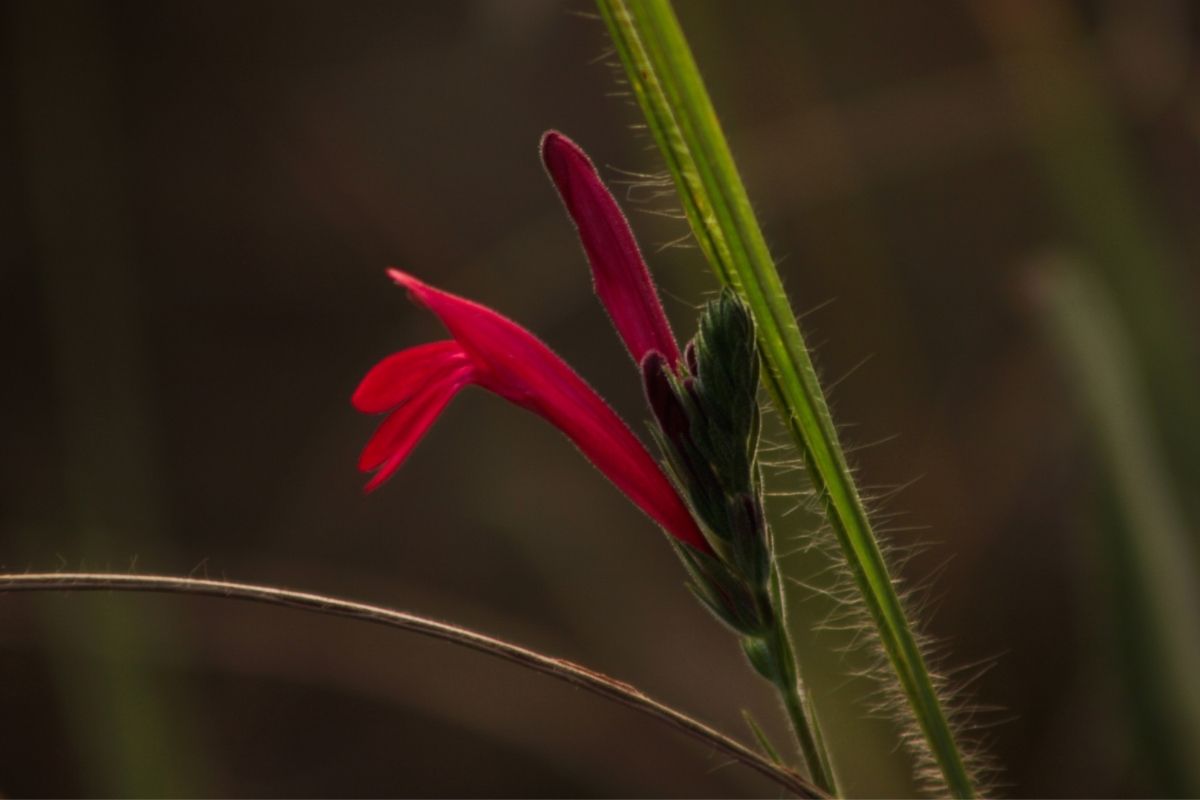
The Zauschneria plant is also known as California Fuchsia or Hummingbird Flower. They are perennial plants that bloom from summer to the start of autumn. The plant has greyish-green foliage.
Even though Zauschneria can thrive indoors, it’s best to start growing them outdoors in spring. Sow the seeds in early spring. The plants should be planted in either a sunny or partially shaded area of the garden. The plant must grow in soils with good drainage.
10. Zingiber Officinale
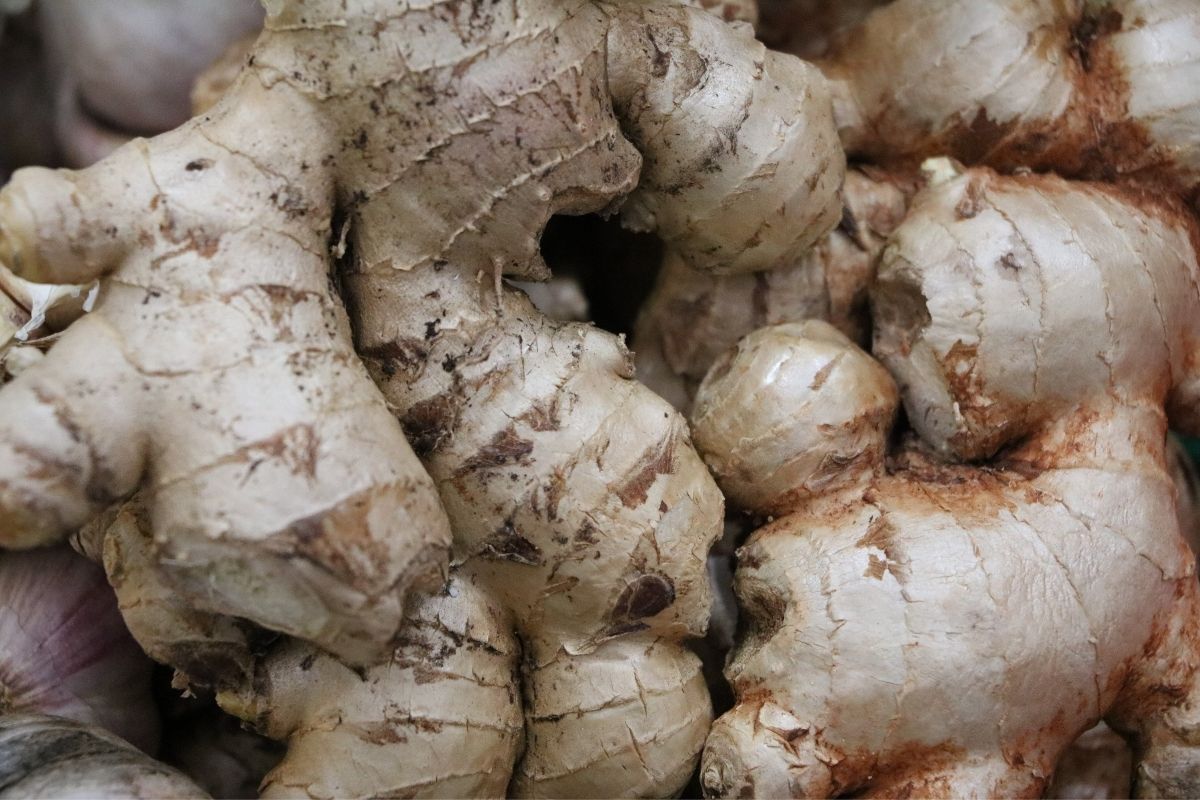
This is also famous as ginger root, and while it may not fit into the category of flowering plants, it makes for excellent garden plants. Ginger is an herb that one can use as fresh, dried, ground, or preserved.
Fruit salads, teas, curries, preserves, and baked goods are all made with the herb, which is an integral part of Asian cuisine. The plant thrives in hot, humid conditions with plenty of nutrients in the soil. When the plant is not in a very fertile soil, fertilizer becomes necessary.
11. Zexmenia Hispada
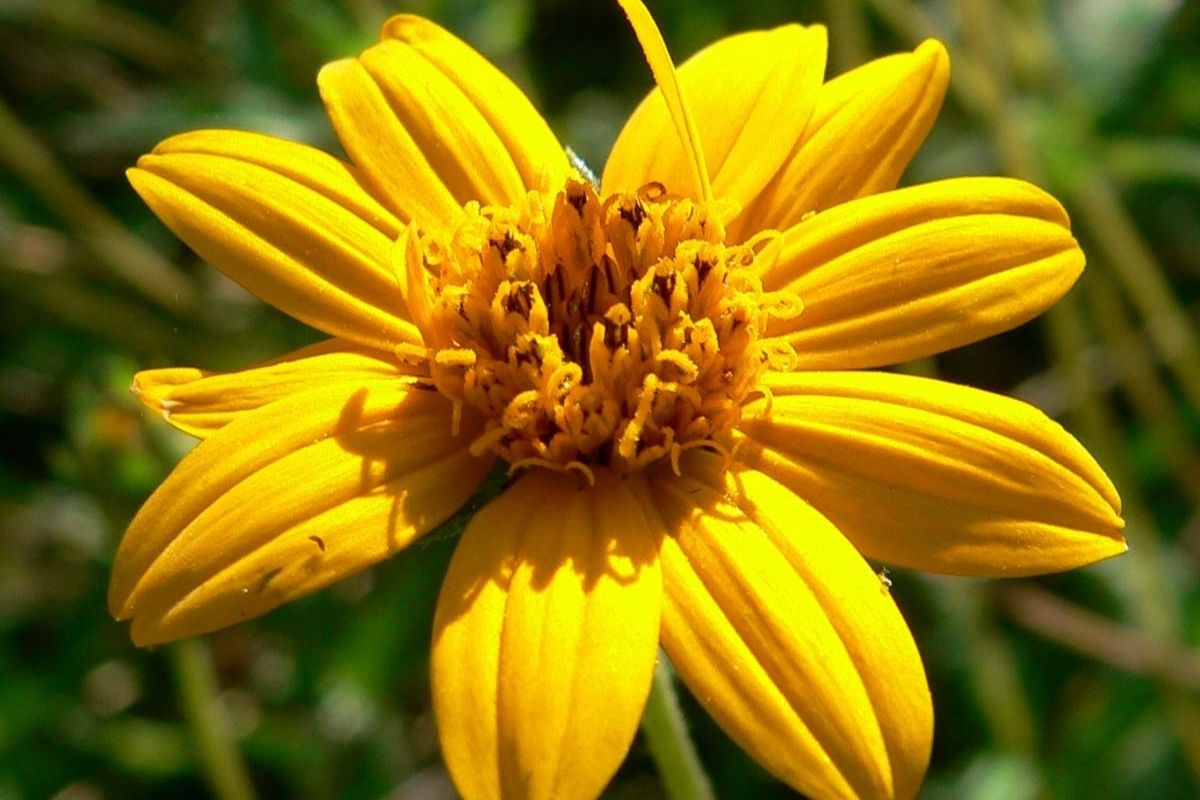
Zexmenia, Orange Zexmenia, Hairy Wedelia, Wedelio, and Texas Creeping-oxeye are all names for the plant. The plant was first discovered in west Texas, stretching south into Mexico.
The plant has rough-hairy, grey-green foliage. Place the plant in a sunny location and water it on an average basis. The plant thrives in dry, well-drained soils and can withstand drought conditions. Avoid overwatering the plant as it is a low-maintenance plant.
12. Zabel Laurel
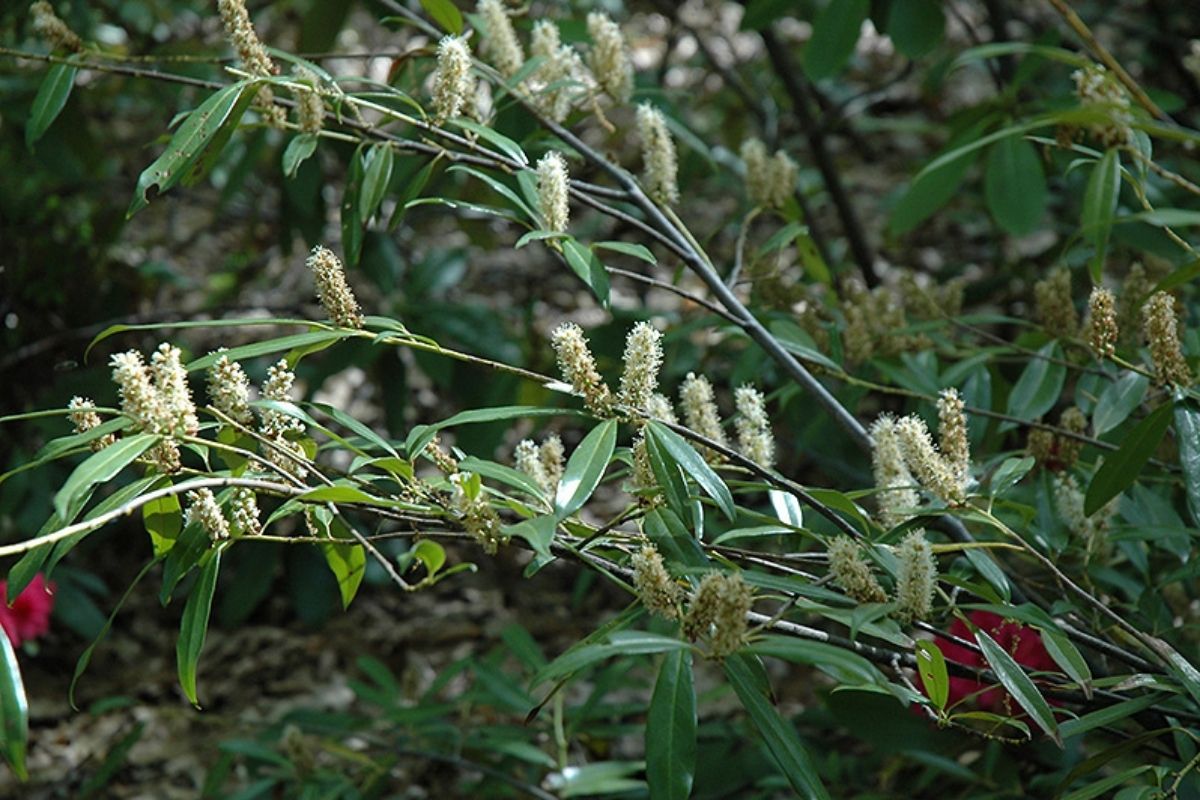
Zabel Laurel is a broadleaf evergreen shrub with a medium-sized spread. Its dark green, narrow leaves are slightly thinner than ‘Schipp’ Laurel. Zabel Laurel has small white flowers and round, black fruit, making it an excellent shrub border or foundation planting choice.
Summary
So there we have it. We’ve gone from A-Z of all the wonderful plants out there. Both people and plants have a sense of wonder about beauty. As the years go by, you become as attracted to a distinctive face as you are to a distinctive plant.
What you may have found beautiful in your youth or when you first started gardening has become routine. Plants that bloom virtually non-stop, such as lantana, bougainvillea, and shrubby ‘Iceberg’ roses, are nothing but a bore in magazine advertisements.
Take normally horizontal lantana and train it up a trellis, or force a vertically oriented bougainvillea to grow as a ground cover down a slope by pinning its shoots to the earth, or plant a ‘Climbing Iceberg’ rose (sport mutation of common ‘Iceberg’) and see it cover a pergola twenty feet up in the air, and you’ll have a new appreciation for what you thought was eternally predictable garden fare.
Or plant a rare Bolivian begonia; it’s a begonia, but its unusual flowers will register as “just beautiful.” Whether it’s the world-renowned Zinnia flower or the Brazilian Zebra plant, one of these zesty beauties will undoubtedly capture your attention.
We Hope You Learned Something From This Article, Here Are Other Articles That You Can Learn From:
13 Different Plants That Start With O (Including Photos)
17 Different Types Of Plants That Start With X (Including Photos)







